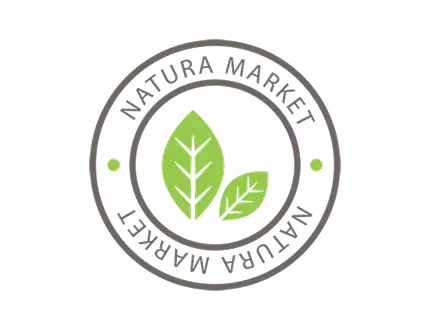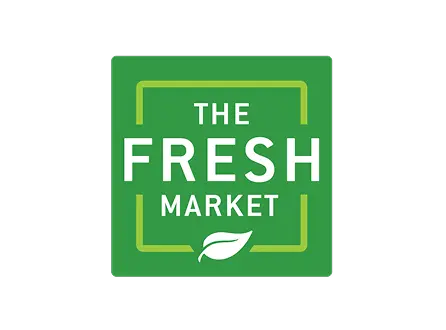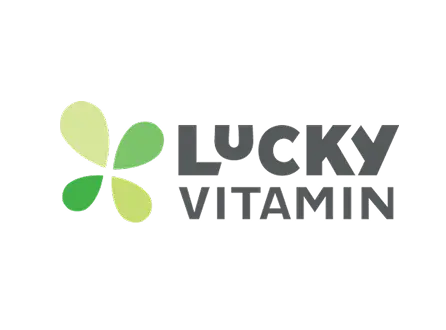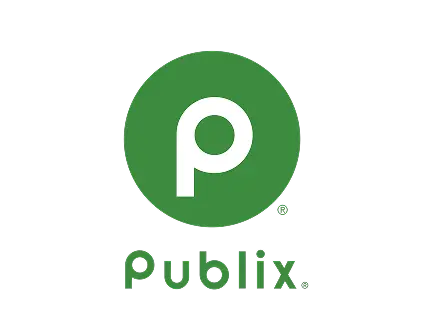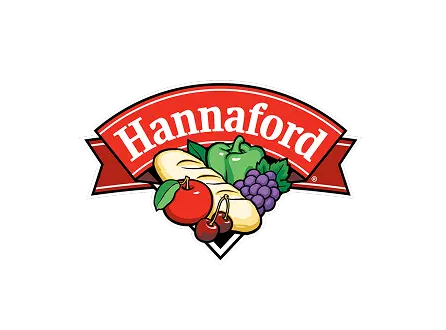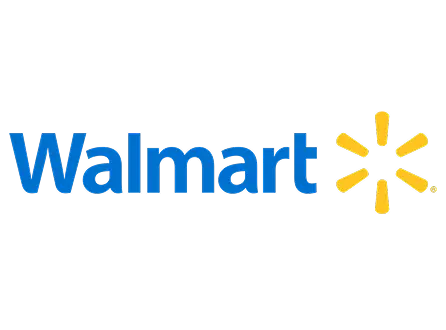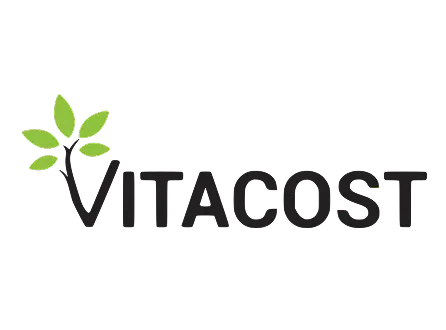Questions? We Have the Answers
The Latest
You may be aware of what is going on in the cocoa bean market - it is extreme and unprecedented. The price of our primary ingredient, the cocoa bean, has increased over 100% in a year (July 2023/July 2024).
At Pascha, our products don't contain any emulsifiers or fillers, so the cocoa bean is at the center of all our products. We have never taken a price increase but we are now forced to do so, you will see the new pricing reflected on our website and in a store near you. Of course, this is not what our customers wish to hear but we want to be transparent with you.
If you have any questions, please email us at info@paschachocolate.com.
Certifications and Free Forms
You may be aware of what is going on in the cocoa bean market - it is extreme and unprecedented. The price of our primary ingredient, the cocoa bean, has increased over 100% in a year (July 2023/July 2024).
At Pascha, our products don't contain any emulsifiers or fillers, so the cocoa bean is at the center of all our products. We have never taken a price increase but we are now forced to do so, you will see the new pricing reflected on our website and in a store near you. Of course, this is not what our customers wish to hear but we want to be transparent with you.
If you have any questions, please email us at info@paschachocolate.com.
Yes, all of our chocolate products are free from all nuts and made in a nut-free facility.
Yes, all of our chocolate products are free from dairy and made in a dairy-free facility.
All Pascha products are certified gluten-free by the Celiac Support Association.
In addition to being free from the Top 8 allergens (milk, eggs, fish, Crustacean shellfish, tree nuts, peanuts, wheat, and soybeans), our products are FREE FROM the following:
Gluten, oats, barley, carrageenan, sesame, sulfites, mustard, legumes (including peas), cherries, raspberries, kiwi, grapes, sage, and sorghum.
Pascha Chocolate is produced in a facility which is FREE FROM all eight major food allergens including peanuts, tree nuts, dairy, soy, eggs, wheat, shellfish and fish.
These allergens account for 90% of the allergen reactions in the USA. A dedicated facility means our products are not subject to cross-contamination, and provides the greatest assurance that our chocolate is safe.
No, all of our Pascha products are free from any additives used to emulsify.
We only use organic cane sugar which is free from various synthetic processes such as the application of pesticides.
All Pascha products are certified vegan.
All of our Pascha products are USDA certified by CSI.
All of our Pascha products are Kosher certified.
All of our Pascha products are made with UTZ certified cacao.
Over the last decade, the chocolate industry has developed a reputation for using forced child labor in West African cocoa plantations, with children shipped across borders, sometimes knowingly by their families to work in large industrial sized plantations, living and working in terrible conditions. The process of harvesting cocoa pods is still a manual one of cutting the ripe pods from the trees, and the cheaper and faster this can be done the more money the plantation owner can make. Pascha does not source from any farm that uses slave labor. All of our cocoa beans come from Peru in Latin America, where the social structure of the growing regions is completely different. In Latin America the farms are almost all small and family owned. If the cocoa farmer’s children work on the farm it is under the eye of the parent, helping out the family business. Pascha is also Rainforest Alliance certified, and this means the farmers have to sign formal contracts committing to social standards, including no use of forced child labor.
Ingredients & In Your Kitchen
The Best Way to Melt Chocolate
Equipment: Whisk and a double broiler OR two pans or metal bowls, where one can fit inside of the other.
Method: Heat water to 125ºF to 150ºF (50-65ºC) either on the stove-top in your bottom pan or in an electric kettle (pour the heated water into your bottom pan or bowl). Kettles that can heat water to 150ºF exactly are priceless! Place chopped chocolate or chocolate chips in the top pan or bowl, and place that pan or bowl right in the pan with water. Yes, it can touch the water – in fact, you want the water to go part way up the sides. Whisk as the chocolate melts. It will take just about 1 minute for the chocolate to melt completely.
Pros: Allows for a slower melt to prevent scorching and degradation; Keeps chocolate at a consistent melted temperature while dipping; Doesn’t require specialty equipment; Can be done on or off the stove-top, so you can use the melted chocolate in a better work space, if desired; Chocolate still melts relatively quickly.
Cons: None that I’ve found!
Dip Tip: If dipping truffles or other goodies in the chocolate, leave the set-up as is while you dip. The water will stay warm enough to keep the chocolate at the perfect, melted temperature.
Traditional: Double Boiler
Method: Place water in the bottom of the double boiler so the top of the water is 1/2 inch below the upper pan. Place chopped chocolate or chocolate chips in the upper pan, and then place the double boiler over low heat. Stir the chocolate constantly until it is melted. The water in the bottom of the double boiler should not come to boiling while the chocolate is melting.
Pros: Allows for a slower melt to prevent scorching and degradation.
Cons: Need specialty equipment; hard to make a makeshift double broiler where the top pan doesn’t touch the water; can be challenging to keep the stove-top at just the right temperature, particularly with electric stoves.
Tempered: Heated Creamy Bath
Method: This is a standard way of melting chocolate when making truffles or fudge. Place finely chopped chocolate in a heat-safe bowl. Heat coconut cream or milk until hot, but not yet boiling, and pour over the chocolate. Let sit for 30 seconds. Whisk vigorously until the chocolate is fully melted and incorporated.
Note: If you are dairy-free, please use coconut cream or a non-dairy milk such as hemp milk.
Pros: Lower likelihood of scorching than The Microwave method.
Cons: Chocolate pieces have to be very small, or it may not fully melt; Getting cream/milk to the perfect temperature can be finicky; Only suitable for recipes where the chocolate will be incorporated with a type of milk/cream.
Cheater: The Microwave
Method: Place chopped chocolate or chocolate chips in a microwave-safe bowl. Microwave on HIGH, uncovered, for 60 seconds. Whisk the chocolate vigorously. If not completely melted, microwave on HIGH for 15 seconds. Whisk vigorously. If not yet melted, repeat the heating and whisking in 15 second intervals until just melted. Do not overheat – not even a little.
Pros: Quick; No specialty equipment needed.
Cons: High risk of scorching the chocolate; Can degrade the chocolate; May need to reheat if using the chocolate for dipping.
Cocoa nibs are the central part of the cocoa beans and, following a process, they are peeled from their shells and crushed into smaller pieces. They are also considered as a superfood rich in antioxidants, vitamins, minerals and fiber.
As the ingredients vary for each our chocolate products, please visit our website and click on the INGREDIENTS tab on the respective product page.
As the nutritional information vary for each our chocolate products, please visit our website and click on the Nutrition tab on the respective product page.
Finding Pascha Chocolate
Yes! We have our own online store, or you can check out our Pascha Finder page to see if any retailer in your neighborhood carries our products! Or to view our Online Retail partners
We recommend seeking out the grocery manager and personally asking them to consider carrying Pascha Chocolate.
For our international customers, outside the United States, we recommend ordering from Vitacost. Vitacost ships to over 160 countries. Additional shipping information from Vitacost is located on their website: Click here.
For our Canadian customers, we have now partnered with Natura Market.
Find Our Chocolate Near You & Online

